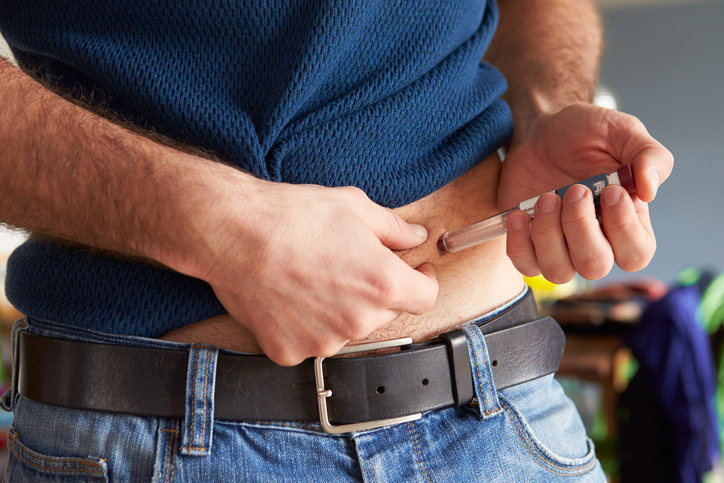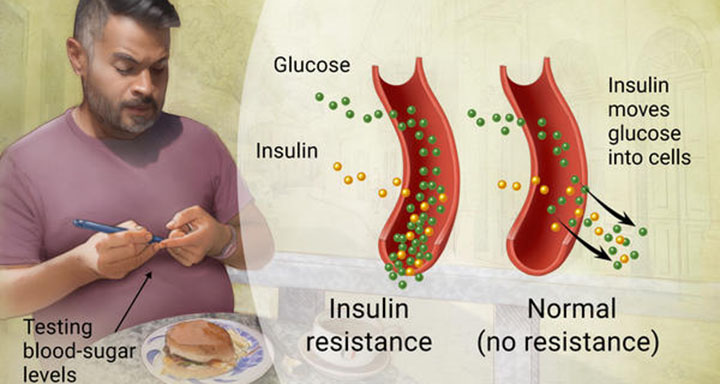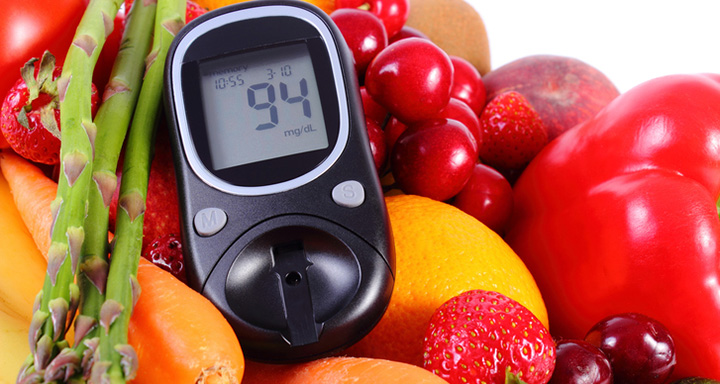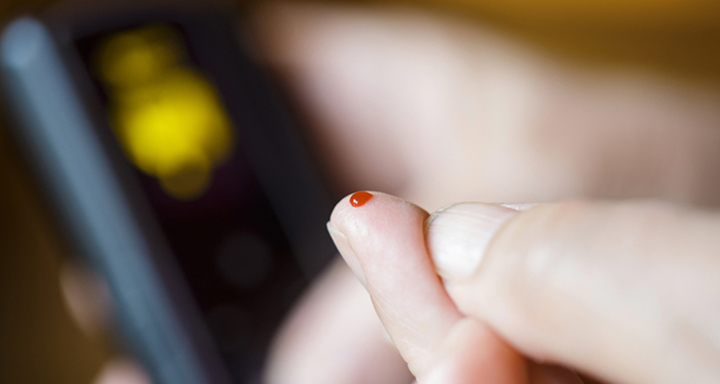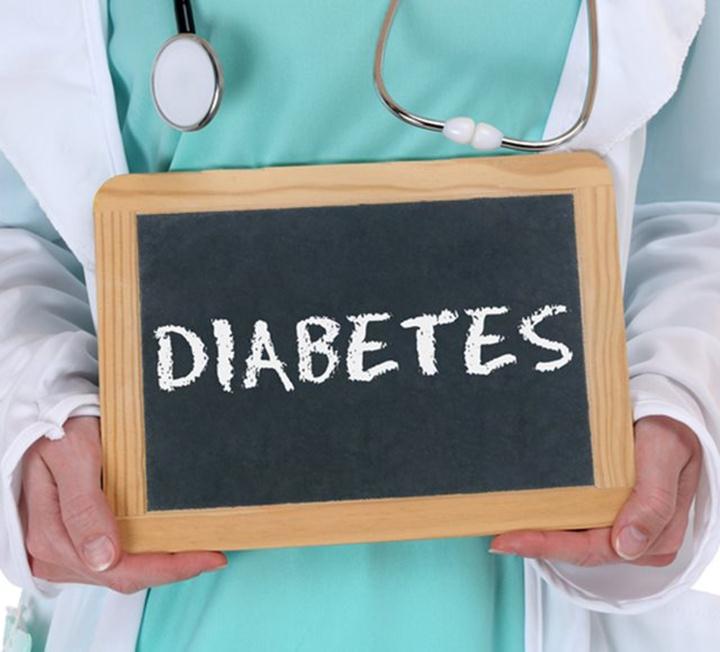Type 2 Diabetes is a widespread disease that affects millions of Americans. Your body isn’t able to utilize the hormone, insulin, properly if you’ve got type 2 diabetes. The body requires insulin in order to transfer glucose (sugar) from the blood into the cells for use in the production of energy. Therefore, glucose can accumulate in the blood (instead of being used by the cells to produce energy) when there isn’t sufficient insulin in the body, or it does not work as it should.
Type 2 diabetes is popularly known as “silent killer” and is usually diagnosed when blood tests have been carried out since it does not necessarily lead to any clear symptoms. While there is an array of type 2 diabetes signs, doctors, in some cases, do not detect type 2 diabetes up until long-term problems linked to the disease have developed, such as heart and eye complications.
Type 2 Diabetes Signs
The following type 2 diabetes signs, conditions, and symptoms are all clear indicators of the condition. It is possible to prevent or manage many of these easily by checking your blood sugar levels regularly. Seek proper treatment as quickly as possible if you observe any of the following type 2 diabetes signs and think you’ve got diabetes. The better you can manage type 2 diabetes, the less likely you’ll develop severe complications.
Type 2 Diabetes Sign #1: Pain and Numbness
The most common of type 2 diabetes signs, excessive blood sugar causes nerve damage which manifests with numbness, tingling and weakness. This is very possible if the diabetes of an individual has gone uncontrolled or unnoticed over an extended period. A leg or an arm may feel weak if it has a damaged nerve.
One may lose sensation in their feet and hands and feel tingling if numerous nerves are affected. This condition is referred to as diabetic polyneuropathy. Others may also experience severe pain in their hands, feet, and hands. An individual may not sense any changes in temperature or pressure if the nerves in there are damaged.

Type 2 Diabetes Sign #2: Increased Thirst
High blood glucose creates a domino effect of sorts in your body. High blood sugar levels cause a higher production of urine and the urge to urinate more often. This frequent urination will cause you to lose a high amount of fluid and leaves you dehydrated.
Also, you can develop a dry mouth and even feel very thirsty more often than usual. If you realize that you’re drinking more water than usual, or notice that your mouth often gets dry, and you’re more thirsty than before, these could be type 2 diabetes symptoms.

Type 2 Diabetes Sign #3: Increased Hunger
This is one of the easier type 2 diabetes signs to overlook. Individuals with type 2 diabetes have high resistance to insulin. That means their bodies can’t use insulin appropriately to enable glucose (sugar) to get into their body’s cells. Insulin does not work properly in fat, muscle, and other body tissues in individuals with type 2 diabetes. Therefore, the pancreas (an organ which produces insulin) begins to produce a lot more of it compensate the amount that lacks.This causes high levels of insulin in the body. That level of insulin sends a signal to the brain that you need to eat more food.
Type 2 Diabetes Sign #4: Frequent Urination
As with type 2 diabetes, when there’s excess glucose in the blood, the kidneys usually react by flushing it out of the bloodstream and into the urine.
If you realize that you need to go to the toilet more often than you used to (including possibly needing to wake up after a couple of hours at night to urinate) and you seem to be producing more urine than before, visit your doctor and ask him or her if you have type 2 diabetes.
Type 2 Diabetes Sign #5: Blurred Vision
The eye’s lens is a flexible membrane which is always suspended by muscles that adjust the shape of the lens in order to focus an eye. The ability of the lens is usually altered in an environment with a lot of sugar such as with uncontrolled type 2 diabetes.
The muscles of an eye need to work very hard to focus even if the lens is in pristine condition. Blurred vision can occur when there are quick changes in the blood sugar levels (from high to low, low to high) and the muscles of the eye haven’t adapted to it. That is why blurred vision is one of the early type 2 diabetes symptoms. The body later adapts to the new changes of blood sugar levels, and your vision will be restored.
Type 2 Diabetes Sign #6: Sores, Ulcers, and Gangrene
Slow healing sores usually occur when high sugar levels have an adverse effect on blood vessels, thus disturbing the ability of the body to heal. A diabetic may have injured himself or herself without feeling it since this can affect the nerves of the skin as well. These injuries may progress into severe lesions (skin ulcers) that can eventually turn into gangrene.
Gangrene is a severe, at times life-threatening, condition where the muscles, skin, and several other body tissues die due to lack of blood supply. Amputation and surgery are the most common treatments for this case. Diabetics are much more likely to have their leg or foot amputated than healthy people due to gangrene and ulcers.
Type 2 Diabetes Sign #7: Carpal Tunnel Syndrome
Carpal tunnel manifests itself with numbness, tingling and weakness and also the pain in the index, middle fingers and the thumb that usually worsens at night. This condition develops due to the body not using glucose well, thus making connective tissues contract or thicken.
Dupuytren’s contracture is another condition that is more likely to affect individuals with type 2 diabetes. The tissues that the contracture affects are underneath the palm’s skin. In this particular case, a severe deformity develops over time as knots of the body tissue develops under the skin, forming a thick cord which pulls the bent the fingers.
Type 2 Diabetes Sign #8: Swollen, Tender Gums
Tender gums, swollen gums, and different infections can all be type 2 diabetes symptoms. Diabetes weakens the ability of the body to fight germs and thus increases the infections’ risk. The gums begin to pull away from teeth, making them lose, and pockets or sores of pus may develop.
If there was the gum infection before the start of diabetes, this problem could even worsen. Apart from gum infections, an individual with type 2 diabetes can also suffer from regular infections in different parts of the body. Diabetic women, for instance, tend to have more vaginal and bladder infections.
Type 2 Diabetes Sign #9: Stroke and Heart Attack
Easily the most serious and urgent of the type 2 diabetes signs, stroke and heart attack are potential long-term complications of the condition, especially when patients do not manage them properly. That is why diabetics require sufficient support from a doctor and even a nutritionist to prepare a diabetes diet.
These fatal conditions develop when fatty material forms and blocks major arteries which supply blood to the brain and heart. This causes damage to the walls of tiny blood vessels (capillaries), which impairs the normal transfer of nutrients and oxygen. A diabetes diet is a huge part of avoiding this.
Type 2 Diabetes Sign #10: Erectile Dysfunction (ED)
Studies show that 35 to 75 percent of diabetic men will have some level of erectile dysfunction during their lifetime. Regarding type 2 diabetes signs, it’s also known that men with type 2 diabetes will develop ED ten to fifteen years earlier than men who are without the condition.
A man requires healthy blood vessels, nerves, hormones and the desire for sex. Diabetes can affect the blood vessels and the nerves which control erection. So, even if a diabetic man has a normal desire for sex and healthy testosterone levels, he may not be able to attain proper erections because of the damage to the blood vessels and nerves. With that said, some drugs (i.e. prescribed depression, anti-inflammatory and heart diseases) can weaken the ability to become erect.
Type 2 Diabetes Sign #11: Kidney Failure
Another of the more serious type 2 diabetes signs, and also potential long-term complication is with the kidneys. Type 2 diabetes can cause the kidneys’ performance to become impaired over the years. Fatty materials in the blood can cause blood vessels in the kidney to thicken and malfunction. This prevents proper filtering of the blood and results in protein leaking into the urine (a condition known as proteinuria). These issues cause kidney failure.
Featured Image Source: Thinkstock/monkeybusinessimages
Sourced from: healthliving.today



